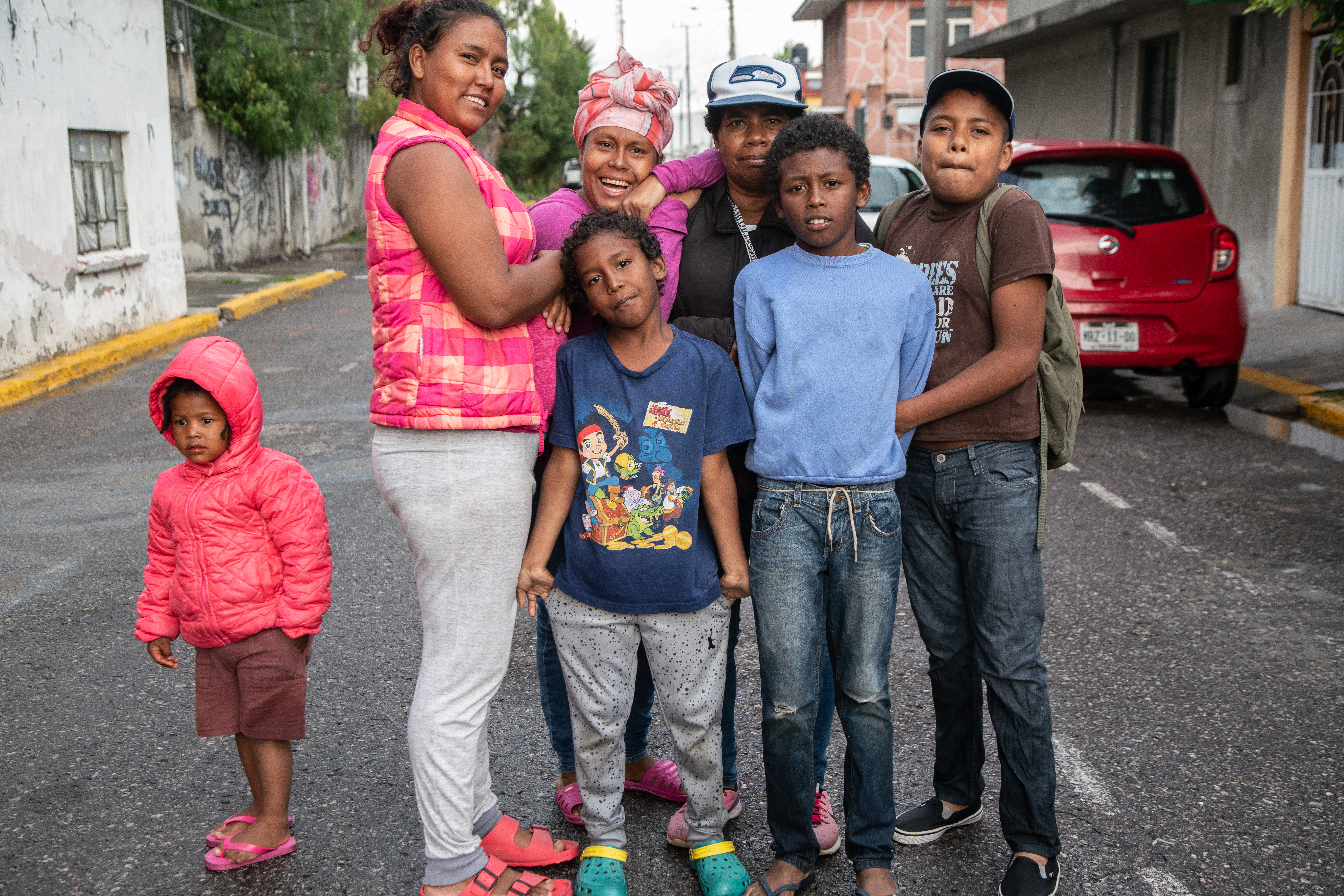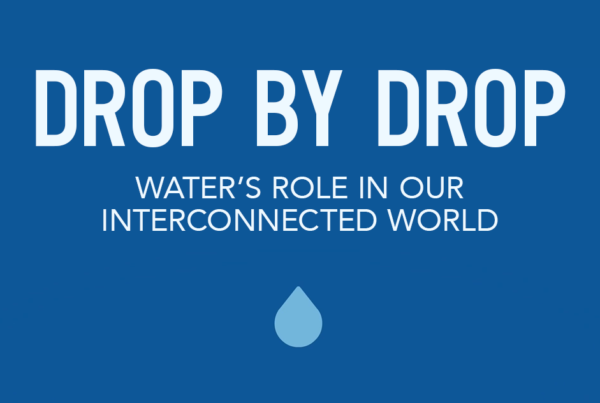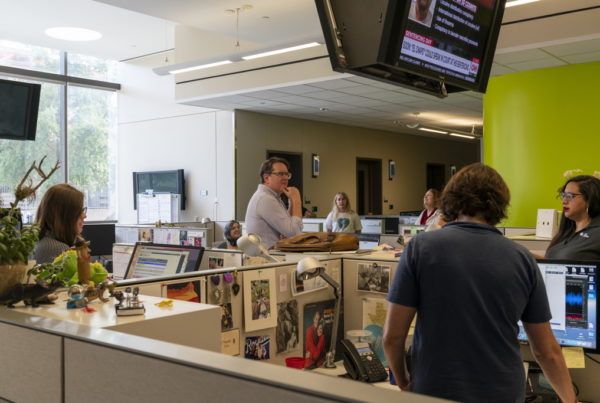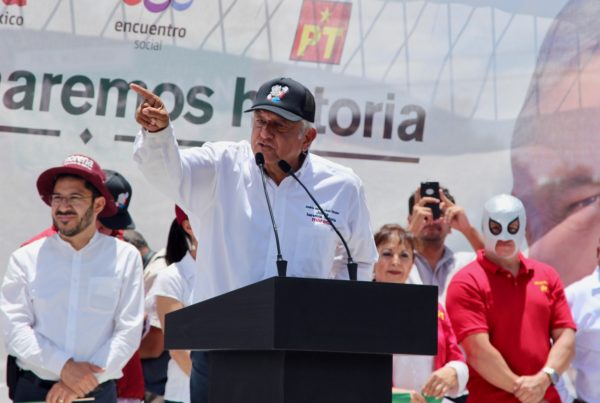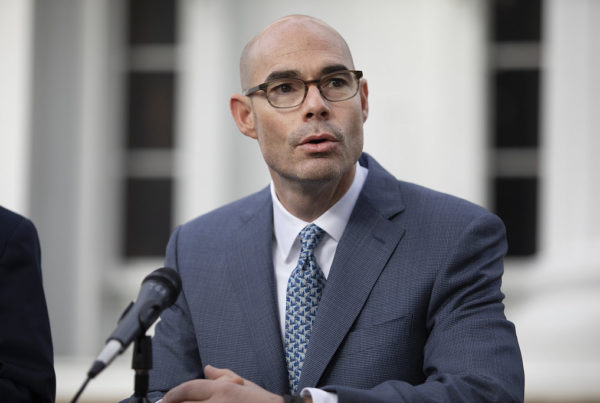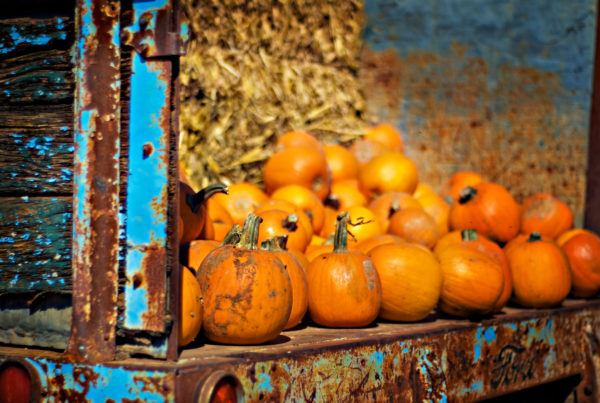Water nourishes us. But it also forms borders between geographic regions, and has even become responsible for migration, as individuals and families make decisions about where to live based on the availability of this critical resource. In Texas Standard’s series, “Drop by Drop,” reporter Joy Diaz set out to learn how water affects politics, migration, the environment and economics. Diaz says she was motivated to produce the series by the growing importance of water in cross-border issues.
“I recently attended a conference called ‘Two Nations, One Water,’ and that sort of brought it home – that whatever happens in Mexico in regards to water is related to us in Texas,” Diaz says. “And whatever happens in the United States, and Texas specifically, it completely relates to Mexico.”
Diaz began her look at the role water plays in diplomacy and politics with the 1944 agreement between the U.S. and Mexico that allocated the waters of the Rio Grande to both countries. She says Mexico received far less water than the U.S. did through the treaty, but Mexico’s population has grown significantly in the 75 years since that treaty was signed.
“Mexico was a very tiny country, by comparison, at that time,” Diaz says. “[Its population] was a sixth of what it is today. And we have the same agreement 75 years later.”
Water is also an important factor in migration, Diaz says.
“When people arrive at the border, they will talk about violence in their countries,” she says. “But when you talk about people who are displaced in Central America – people who leave the small towns and move into the city – they will tell you it’s because we don’t have water; we can’t grow crops.”
Diaz says many Central Americans who migrate to the U.S. are climate refugees, driven to relocate by water scarcity caused by climate change.
“When we think about climate change in global terms, we need to start realizing that some countries are running out of water, and some countries have water,” Diaz says. “The old fights of oil are probably going to shift into who has water and who doesn’t.”
To make the connection between how we use water in our daily lives and the cost of that water, Diaz analyzed how much water is required to create a typical meal. She says it was surprising to learn that the amount of water needed to produce a chocolate dessert was greater than that required to produce and prepare a steak.
“When you think about, What can I do? Lots of people will say, ‘Well, stop eating meat,'” Diaz says. “But to me, it was really sobering to think that it takes more water to produce chocolate than it does to produce steak.”
Diaz says the best way to be a mindful water consumer is to educate yourself.
“If we all start thinking more about what our little part is, then we can make a difference,” Diaz says.
Written by Shelly Brisbin.


